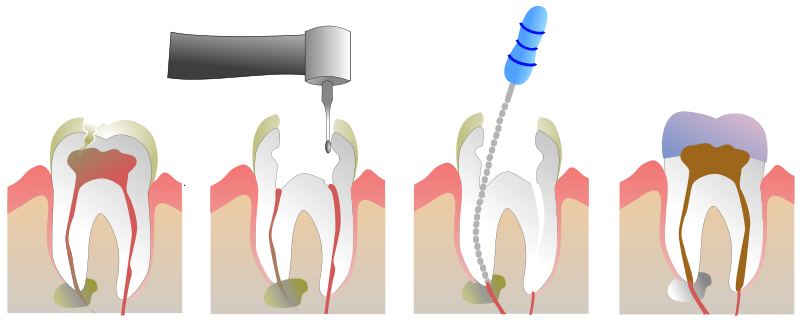According to the National Institute of Dental and Craniofacial Research, approximately 5 to 12 percent of people suffer from temporomandibular joint dysfunction, commonly known as temporomandibular disorder (TMD).

What are the temporomandibular joints?
Located on each side of your face , the temporomandibular joint connect your lower jaw to your skull. These joints and accompanying muscles allow you to open and close your mouth, and move your jaw side to side. You can feel these joints by placing your fingers in front of your ears and opening your mouth.
What is TMD?
TMD occurs when the temporomandibular joint is damaged, worn or when the muscles surrounding the joint malfunction, causing imbalanced jaw movement. The chronic muscle pain and spasms associated with this condition can often be painful.
What causes TMD?
For many people with TMD, the cause is unknown. However, TMD may be caused by trauma, such as injury, dislocation or an improper bite, which affects the chewing muscles. Stress and its related issues like clenching the jaw or grinding the teeth may contribute to TMD. TMD appears to more common in women than men, though the reason for this is unknown.
How do I know if I have TMD?
These are some of the symptoms which may involve one or both sides of the face:
– Jaw pain or soreness that is more common in the morning or late afternoon.
– Jaw pain associated with yawning, biting or chewing.
– Clicking noises when opening and closing the mouth.
– Difficulty opening or closing the mouth.
– Locking or stiffness of the jaw when talking or yawning.
– Headaches or neck pain.
– An earache not associated with an ear infection.
If you experience any of these symptoms, talk with your general dentist today. He or she can perform an examination, checking the joints and muscles in your jaw for tenderness, clicking, popping, or difficulty moving the jaw. Depending on the diagnosis, your dentist may refer you to a specialist.
How is TMD treated?
Many TMD cases can be addressed with simple lifestyle changes:
– Avoid chewing gum or ice.
– Taking non steroidal anti-inflammatory medications or using heat packs to manage pain.
– Eating softer foods. Avoid eating foods that force you to open wide or chew more.
– Practicing relaxation or stress relief techniques.
In more severe cases, your dentist may recommend physical therapy exercises to strengthen the jaw muscles, appliance therapy (a splint, mouthguard, or bite plate), or medication (stronger pain relievers or muscle relaxants)
TMD is often a cyclical condition that can recur during times of stress. If you have this disorder, see your dentist for regular checkups so he or she can monitor your symptoms and manage your care.




